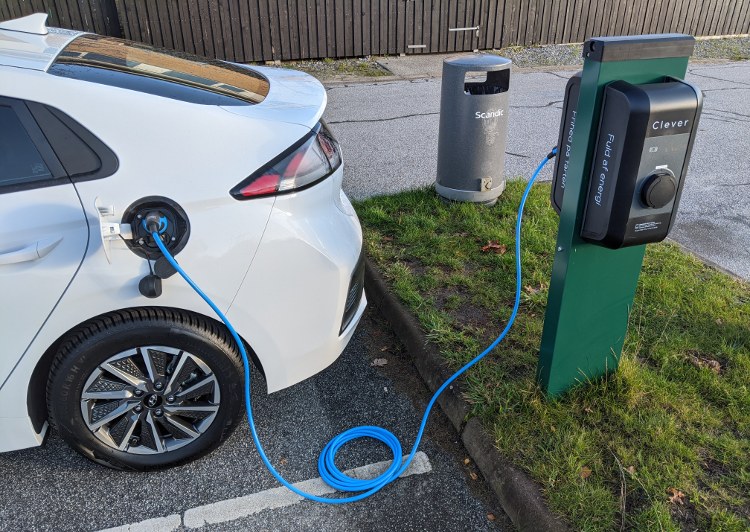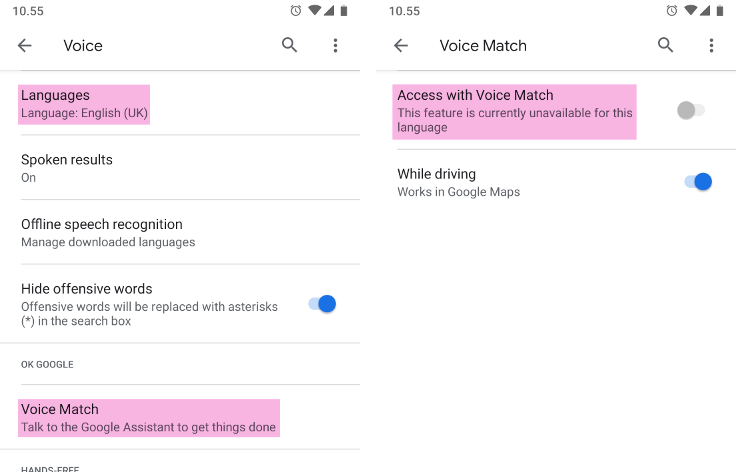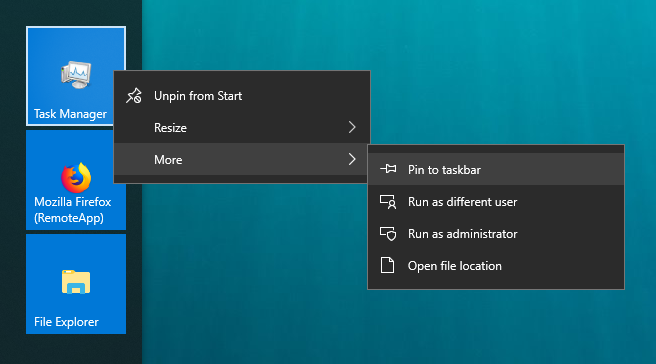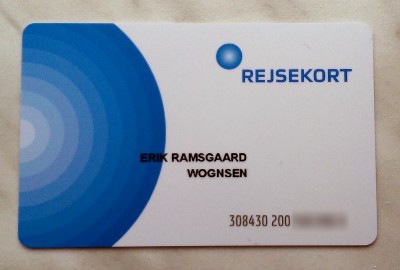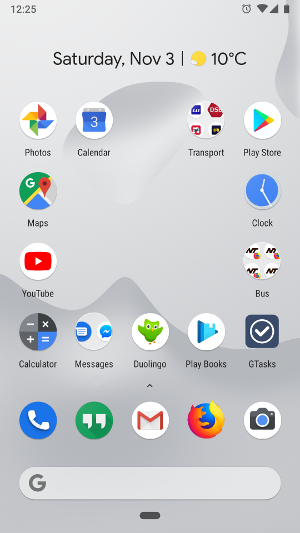
Foråret har bragt bedre muligheder for offentlig opladning af elbiler i Aalborg, til glæde for både gæster og os der bor i lejlighed eller af andre årsager ikke har egen ladeboks. Situationen er blevet bedre både når det gælder hurtigladning og destinationsladning. Dette indlæg handler om det første.
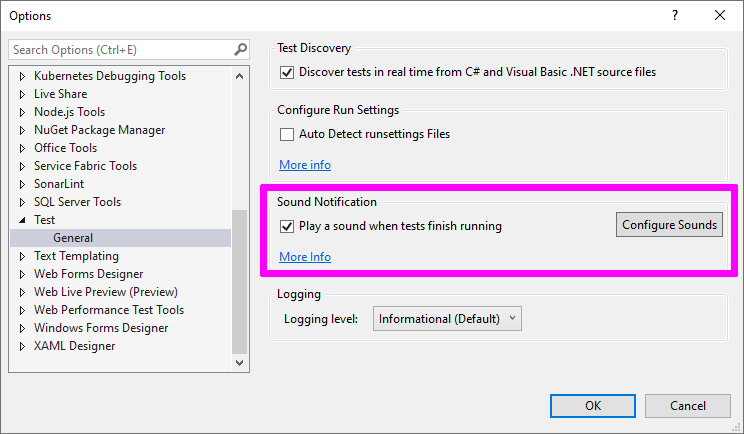
![Offentlige ladepunkter for elbiler --- de orange punkter er hurtigladere. Skærmbillede fra [PlugShare][plugshare].](/images/posts/plugshare_map.png)
